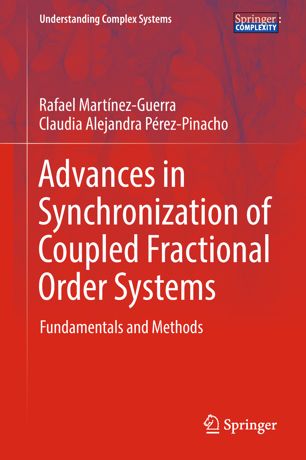

Most ebook files are in PDF format, so you can easily read them using various software such as Foxit Reader or directly on the Google Chrome browser.
Some ebook files are released by publishers in other formats such as .awz, .mobi, .epub, .fb2, etc. You may need to install specific software to read these formats on mobile/PC, such as Calibre.
Please read the tutorial at this link: https://ebookbell.com/faq
We offer FREE conversion to the popular formats you request; however, this may take some time. Therefore, right after payment, please email us, and we will try to provide the service as quickly as possible.
For some exceptional file formats or broken links (if any), please refrain from opening any disputes. Instead, email us first, and we will try to assist within a maximum of 6 hours.
EbookBell Team

4.0
26 reviewsAfter a short introduction to the fundamentals, this book provides a detailed account of major advances in applying fractional calculus to dynamical systems. Fractional order dynamical systems currently continue to gain further importance in many areas of science and engineering.
As with many other approaches to mathematical modeling, the first issue to be addressed is the need to couple a definition of the fractional differentiation or integration operator with the types of dynamical systems that are analyzed. As such, for the fundamentals the focus is on basic aspects of fractional calculus, in particular stability analysis, which is required to tackle synchronization in coupled fractional order systems, to understand the essence of estimators for related integer order systems, and to keep track of the interplay between synchronization and parameter observation. This serves as the common basis for the more advanced topics and applications presented in the subsequent chapters, which include an introduction to the 'Immersion and Invariance' (I&I) methodology, the masterslave synchronization scheme for partially known nonlinear fractional order systems, Fractional Algebraic Observability (FAO) and Fractional Generalized quasi-Synchronization (FGqS) to name but a few.
This book is intended not only for applied mathematicians and theoretical physicists, but also for anyone in applied science dealing with complex nonlinear systems.